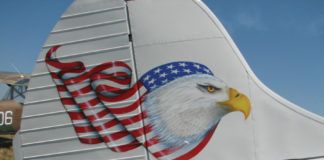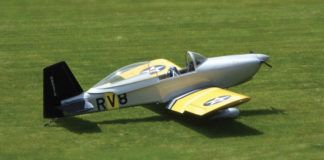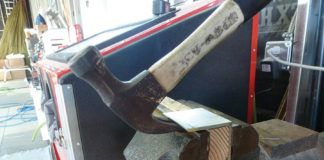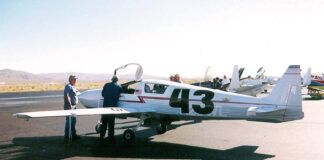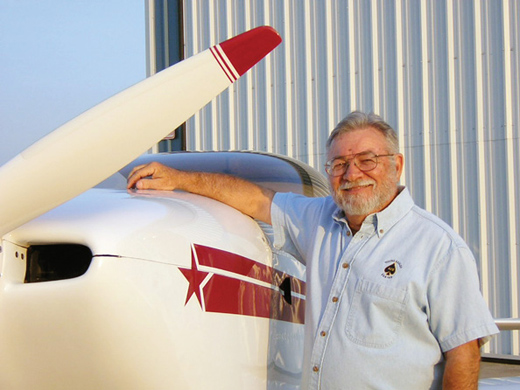
Question: I have a Kifox 5 that I built and was flown in 2007 that I now want to sell. I expect that parting it out is the best way to avoid liability, but I don’t know to what degree it has to be disassembled. As an example, would removal of the engine and selling the airframe intact be a possibility?
Answer: You need to be aware that the original builder of an Experimental/Amateur-Built aircraft is the builder forever. That can never change. If you are concerned about liability, then you should just scrap the aircraft. There is no way to legally avoid liability.
Some people have disassembled the aircraft and surrendered the airworthiness certificate. This makes the aircraft “dead” so to speak. If someone purchases these parts and then reassembles them, the resultant aircraft cannot be issued a new amateur-built airworthiness certificate because the new owner does not meet the 51% rule. The reassembly is considered a repair, not an original build.
You can indeed remove the engine and sell the airframe, but that does nothing for your liability. The airframe still has you listed as the builder.
On the other hand, if you do some research, I think you will find that no “homebuilder” has ever been successfully sued over builder’s liability. I personally know of two people who tried, but they were unsuccessful.
Question: I am completing an Experimental/Amateur-Built aircraft. What do I need to know about markings? For example, what size does the N number need to be, and what are the requirements for the word “Experimental”?
Answer: All of your questions are answered in part 45, Subpart C of the FARs. If the aircraft is a replica of an aircraft built at least 30 years ago, the numbers may be 2 inches or larger (ref part 45.22(b)). If the maximum cruise speed of the aircraft is greater than 180 knots CAS, the numbers must be at least 12 inches tall (ref part 45.29(b)(ii)). If the aircraft does not fall into either of these categories, then the numbers must be at least 3 inches tall (ref part 45.29(b)(ii)).
The numbers can be larger and any color that is contrasting to the background. The letters must be “Roman capital letters” (ref part 45.23(a)). The marks must be displayed on both sides of the vertical tail surfaces or both sides of the fuselage. If located on the fuselage, the marks must be located between the trailing edge of the wing and the leading edge of the horizontal stabilizer (ref part 45.25).
The word “Experimental” must be displayed in letters not less than 2 and not more than 6 inches in height near each entrance to the cabin, cockpit, or pilot station (ref part 45.23(b). There is no color requirement for this placard.
Pay particular attention to part 45.21. This part describes that the N numbers must have no ornamentation, must be contrasting in color, and be legible.
Part 45.21 through 45.29 is only two pages long, but it contains a lot of information.
Question: I am the owner of an E/A-B aircraft, but not the builder. Can I obtain a repairman certificate?
Answer: To qualify for the repairman certificate for an Experimental/Amateur-Built aircraft, you must be listed as a primary builder of the aircraft. Also, only one repairman certificate may be issued for any one aircraft.
Please send your questions for DAR Asberry to [email protected] with Ask the DAR in the subject line.
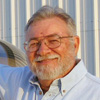
![]()
Mel Asberry is an experienced Designated Airworthiness Representative specializing in Experimental/Amateur-Built aircraft. He and his wife, Ann, have built seven amateur-built airplanes including two ultralight types, a Moni Motorglider, a Dragonfly Mk2, two RV-6s and a Zenair CH 601HDS. They are currently building a scratch-built biplane.







